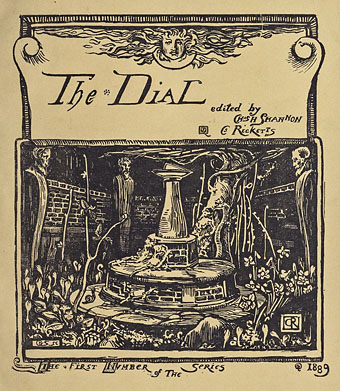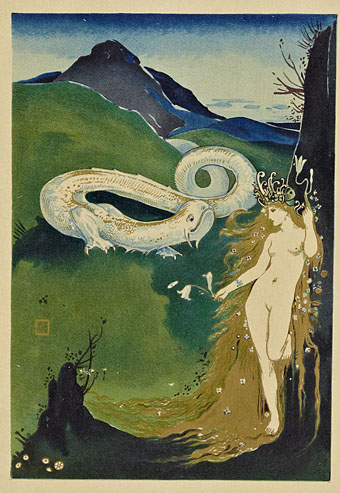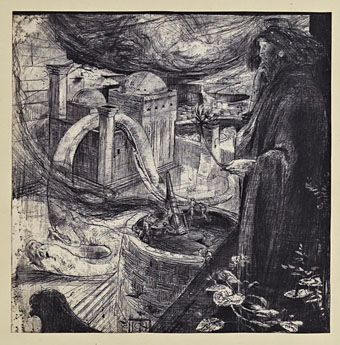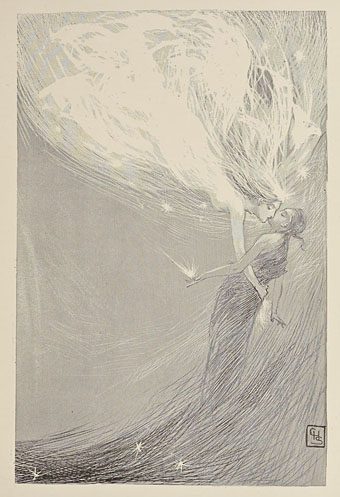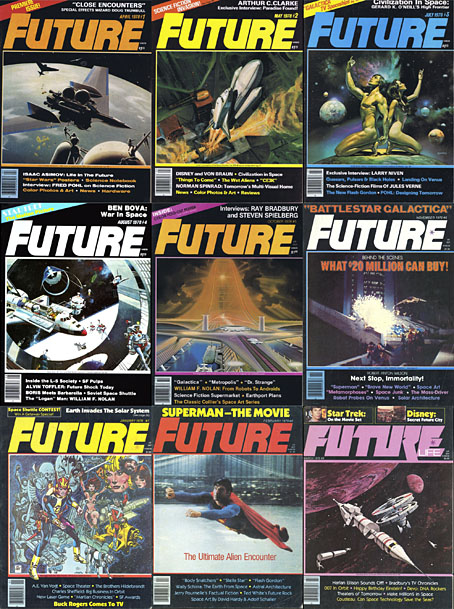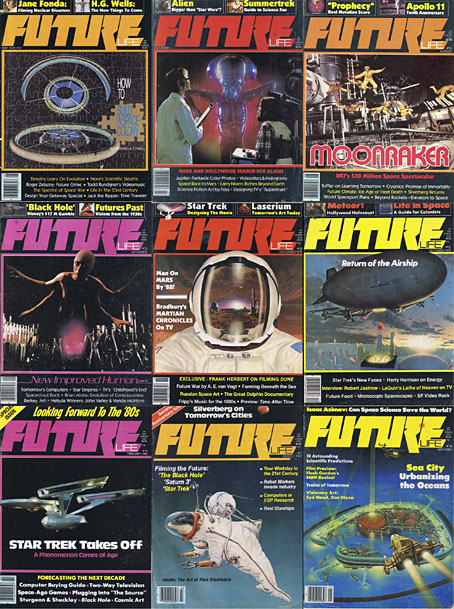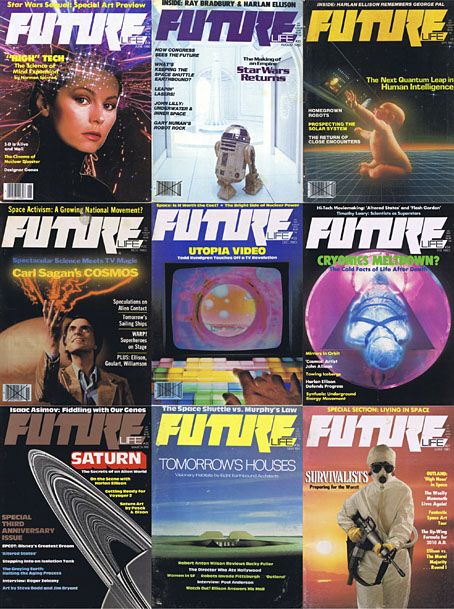Yet another fin de siècle journal which we can now see in its entirety, The Dial was a short-lived British publication which expired at a time when more prominent titles were being launched. The publishers were Charles Ricketts and Charles Shannon, a couple who were partners in life as well as art and publishing, and members of Oscar Wilde’s small circle of circumspect gay and lesbian friends. Ricketts and Shannon published some of Wilde’s poetry—notably a beautiful edition of The Sphinx—and followed the William Morris ideal of using traditional techniques for art and printing rather than relying on the line block. Most of the illustrations in The Dial are woodcuts although Ricketts and Shannon also produced etchings and the occasional painting, as with Ricketts’ Moreau-like piece below. Many of the Dial pieces have been reprinted in books about the pair but these never show you everything so the journals contain a number of smaller works I hadn’t seen before. The Dial ran for five issues from 1889 to 1897. The Internet Archive has a couple of sets of which these are the better copies:
Tag: Internet Archive
L’Image, 1896–1897
L’Image was a short-lived French publication dedicated to the art of contemporary wood engraving. Short-lived it may have been but its position at the birth of Art Nouveau means that many of its smaller graphics have been recycled ever since in studies of the period. One of these graphics, a fleuron by Jean-Jacques Drogue, was the subject of an earlier post when I was tracing the origin of a motif used for many years by my colleagues at Savoy Books. I eventually found Drogue’s fleuron in a collection of rather poor scans at Gallica, a good resource but one whose web interface (and often the materials themselves) leaves much to be desired.
All the images here are from a collection of the entire run of L’Image at the Internet Archive which are much better quality and which include the early issues missing from Gallica. The most notable thing about the earlier issues is the way they combine the Art Nouveau style with Symbolist art; in addition to an engraving by Carlos Schwabe that I hadn’t seen before there’s a very Symbolist piece about nocturnal Bruges featuring art by Georges de Feure.
Buchschmuck und Flächenmuster by Max Benirschke
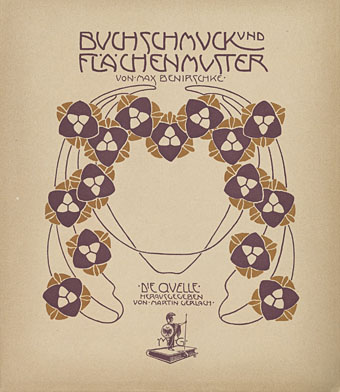
A recent arrival at the Internet Archive was this collection of Art Nouveau book decorations by Max Benirschke (1880–1961). Very welcome it is too, although I wish it had been accompanied by its companion volumes from Koloman Moser and Carl Otto Czeschka. The three books formed a series, Die Quelle (The Source), a Viennese equivalent of the design books produced by Alphonse Mucha and others in France. Both the Benirschke and Moser books have been available from Dover Publications at one time or another but the Benirschke one seems now to be out of print. There’s more about Die Quelle and its artists (plus related subjects) at the excellent Vienna Secession. Benirschke’s book may be browsed and downloaded here.
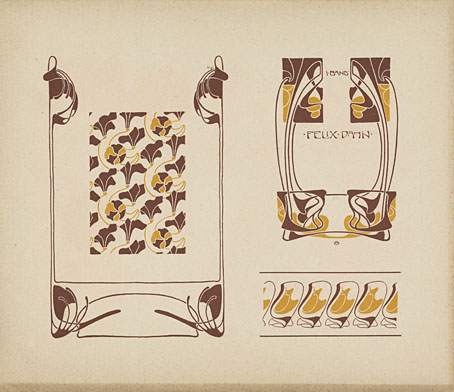
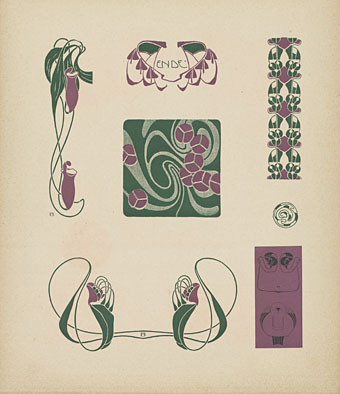
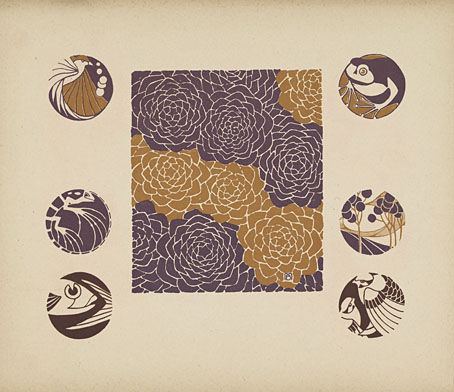
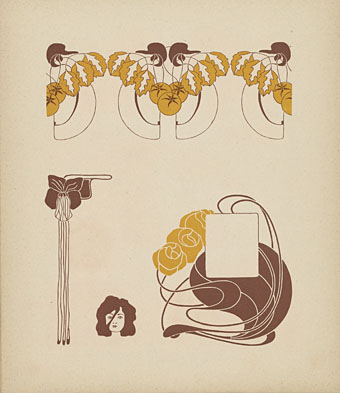
Continue reading “Buchschmuck und Flächenmuster by Max Benirschke”
The artists of Future Life

My earlier post about Future Life magazine mentioned the regular Portfolio series which featured interviews with illustrators and space artists, the latter group being the people who providing conceptual paintings for astronomy books and government entities such as NASA. Since the magazine files at the Internet Archive aren’t searchable I thought it worth making note of the interviews here, for my own benefit as much as anything else. (This blog has often served as a useful notebook.)
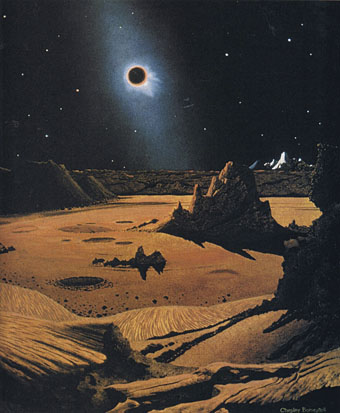
Issue 1: Chesley Bonestell.
Many of the artists featured in Future Life were receiving their first (in some cases, only) high-profile feature at a time when little attention was given to the producers of this kind of work even in popular science-fiction magazines. The story magazines have always run interviews with writers but prior to Future Life, Science Fiction Monthly was the only magazine that I’d seen with a regular illustration feature, and that title didn’t last very long. Future Life covered some of the same people, Chris Foss, for example, while seeking out the prominent figures of the US illustration world. Not all the art is to my taste at all but the interviews are of interest even if you don’t like the pictures. One surprise was finding an interview in one of the issues that I’d missed with Ludek Pesek, a Czech artist whose views of the Solar System and depictions of the evolution of life on Earth I knew from the Puffin books he worked on with Peter Ryan. Those books were aimed at a young readership and were great favourites of mine before I’d seen anything by Foss and co. Another of the space artists interviewed is David Hardy, a British contemporary of Pesek’s whose view of an alien planet will be familiar to Hawkwind enthusiasts on the back cover of Hall Of The Mountain Grill. Another notable feature of the series is the lack of women artists, although this isn’t so surprising given that women creating pictures of space hardware are few even today. All the same, they might have featured Rowena Morrill, a popular cover artist for SF and fantasy novels at the time, and someone whose work I prefer to many of the people they did profile.
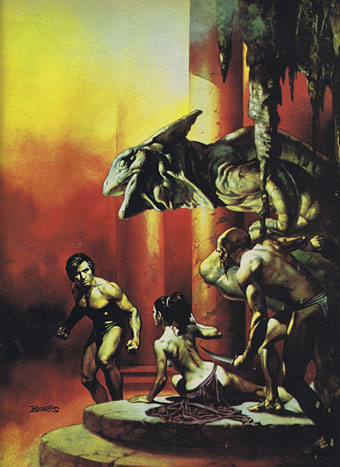
Issue 3: Boris Vallejo.
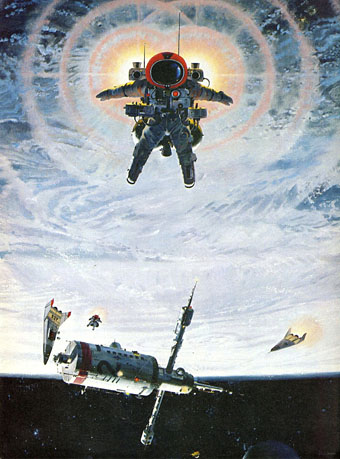
Issue 4: Robert McCall.
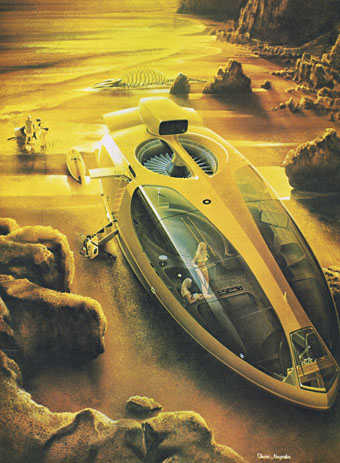
Issue 5: Shusei Nagaoka.
A Japanese artist best known in the West for his album-cover art for ELO, Earth, Wind and Fire, and many others.
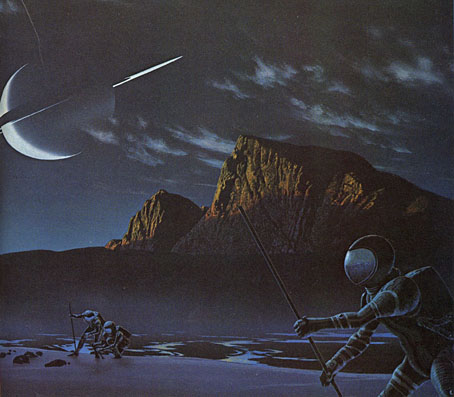
Issue 6: Ron Miller.
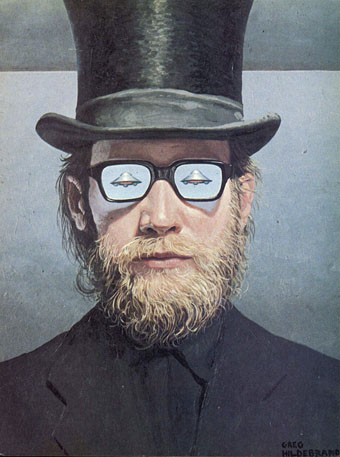
Issue 7: The Brothers Hildebrandt.
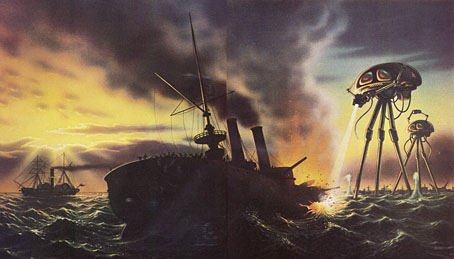
Issue 8: David Hardy.
Future Life magazine
One thing I never expected about the future was that so many of my youthful enthusiasms would keep rising from the past, but here’s another, stumbling into the room reeking of cemetery earth and old newsprint. Future Life was a spinoff from Starlog magazine, and where the parent title concerned itself with science fiction and fantasy in film and television, the focus of Future Life was technology, popular science, scientific speculation, and written science fiction (all from an American perspective, of course); film and TV productions were there to attract general readers but never dominated the proceedings. Future Life ran for 31 issues from 1978 to 1981, and in many ways the magazine was a kind of OMNI-lite: not as lavish as its rival but not as expensive either. For a while this was a magazine I always looked out for (together with Heavy Metal, with whom it shared a music writer, Lou Stathis) but I missed the first nine issues, and many of the later ones before it vanished altogether, so it’s gratifying to find the complete run available as a job lot at the Internet Archive.
It’s become commonplace today to regard Generation X as the first generation with no optimistic future to look forward to, but Future Life shows how much optimism there was at the beginning of the 1980s. The mood darkened just as the magazine expired, with genuine fears of a nuclear war persisting through much of the decade, and the Challenger disaster reminding everyone that leaving the planet was still a hazardous business. Future Life wasn’t blind to the problems posed by technology—there were features about the dangers posed by nuclear power and climate change—but it remained upbeat about the potentials, especially where space colonies were concerned. Most issues carried an art feature although these were generally about realistic space artists or spaceship painters, with none of the eye-popping weirdness favoured by OMNI. But this magazine was my first introduction to the work of Syd Mead, a few years before Blade Runner made him deservedly famous. On the writing side, many of the articles were by popular science fiction writers—Roger Zelazny on computer crime, Norman Spinrad on a pet theme, the future of drug-taking—which you can now read with the full benefit of hindsight. In later issues there was Harlan Ellison filing a succession of lengthy and inimitable film essays; several pieces by Robert Anton Wilson; and some good music articles with features on Larry Fast (issue 12) and Robert Fripp (issue 14), while Lou Stathis profiled and interviewed Bernie Krause (issue 18), The Residents (issue 19), Patrick Gleeson (issue 22), Jon Hassell (issue 24), Captain Beefheart (issue 25), and everyone’s favourite robots, Kraftwerk (issue 31).
The Internet Archive currently has all the files stuck on a single page so most people will either have to download everything at once (I’d advise using the torrent file) or sample issues at random. Fortunately there’s a very thorough breakdown of the entire run of magazines here for those who prefer to pick through the detail. In the universe next door we’re reading these back issues while floating above the earth in our L5 space colonies.
Previously on { feuilleton }
• Science Fiction Monthly

